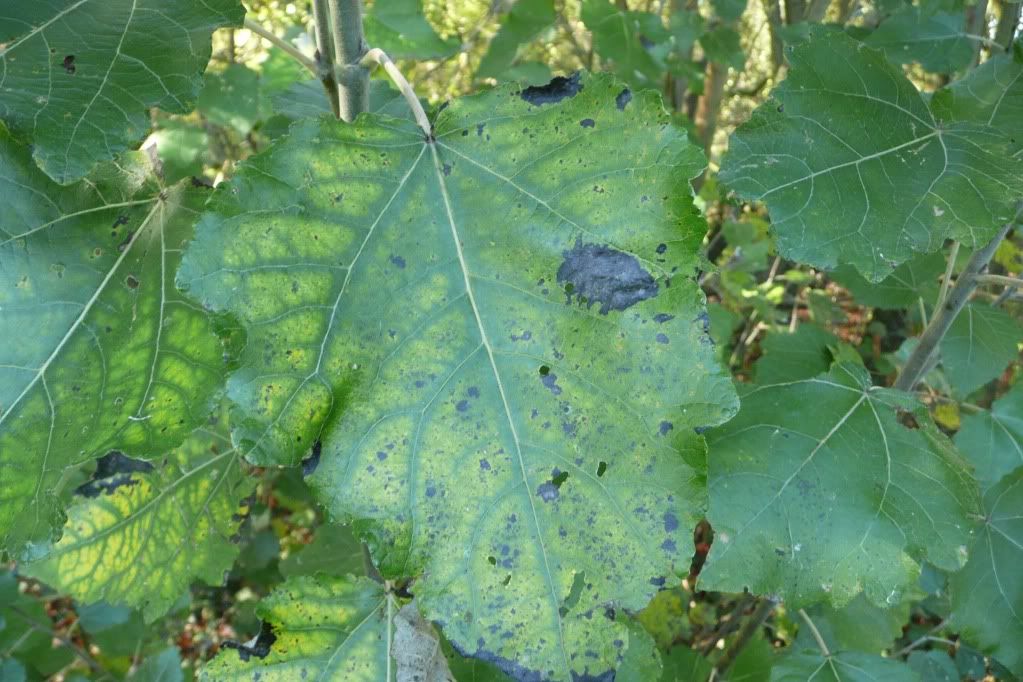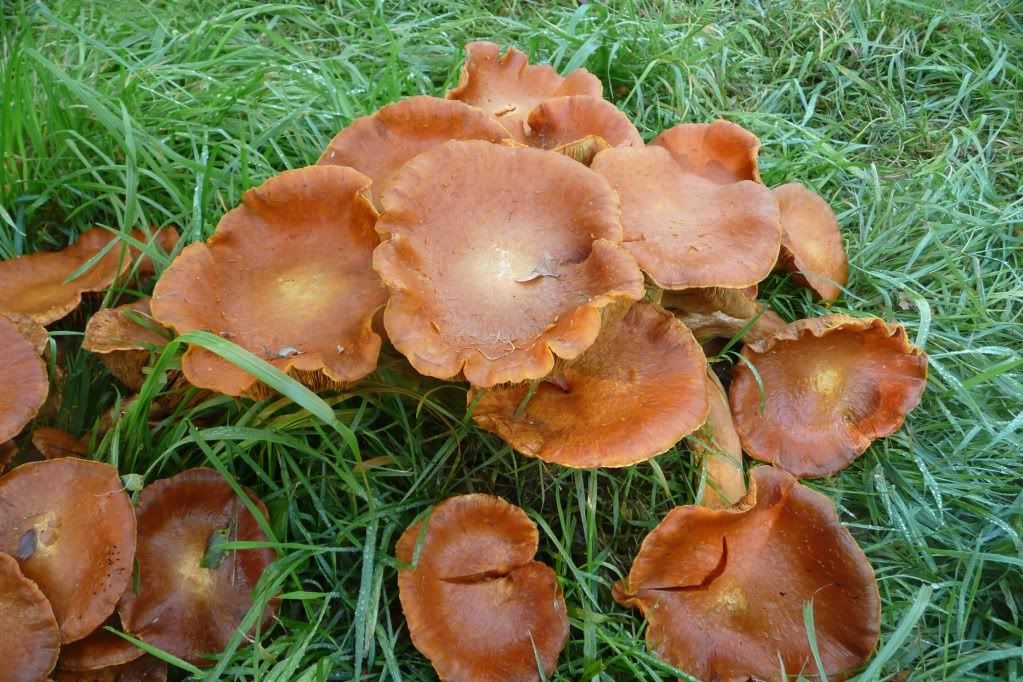Over the past few posts I've tried to identify a small number of the vast quantity of fungus that can be found in this part of Oxfordshire. Rather than try to identify yet more fungus (which can be somewhat frustrating). I thought the final post on the subject (for this year at least) would look at different types of fungus.
Parasitic: Where a fungus extracts nutrients from a host, but does not offer anything in return, most like this tar spot on a sycamore leaf may kill the leaf, but will not have an adverse affect on the tree.
.
.
Others like the honey fungus can be a lot more damaging and can eventually kill the host tree. There are also fungus which are parasitic on other parasitic fungus.
Saprophytic: Are fungus that derive their nutrients from dead or decaying matter, for example, this fungus growing on horse dung on a cycle path:
.
.
It is highly probable that the spores were consumed by the horse, passing through it's gut and then germinating when released. Not only is this fungus helping to break down the dung, but it also turning it into nutrients in the soil that will be used by plants and trees.
Symbiotic: With symbiotic relationships, the fungus takes carbon from the plant and returns nutrients in the form of nitrogen and phosphorus. This milkcap fungus is growing around the roots of oak trees, in a form of symbiosis known as mycorrhiza (a relationship between a fungus and a tree).
.
.
In his fantastic book on Mushrooms, Roger Phillips recounts an experiment by NASA, where two pine trees were planted in sterile soil - one injected with a symbiotic fungus, the other not. Fifteen years later the tree with the fungus had grown 5 times larger than the none fungal tree.
This is just one example of how fungi are an intrisinic part of our environment and as Roger Phillips goes onto say, once a habitat is destroyed it cannot be replaced by just planting more trees.
References:
Many different sources have been used in the past few posts. I have stayed clear of posting on internet forums as the purpose of these posts is try and identify them myself, even if I have been unsuccessful in the identification.
The following have been invaluable in my identification quest:
Roger Phillips Mushrooms (Book, Website & iPhone App): http://www.rogersmushrooms.com/
Collins complete british mushrooms and toadstools: http://www.harpercollins.co.uk/Titles/36133/collins-complete-british-mushrooms-and-toadstools-paul-sterry-barry-hughes-9780007232246
Wild About Britain Fungi Pages: http://www.wildaboutbritain.co.uk/fungi
Where I think I have identified a fungus I have used google to search for the scientific name and included the most suitable links.



No comments:
Post a Comment